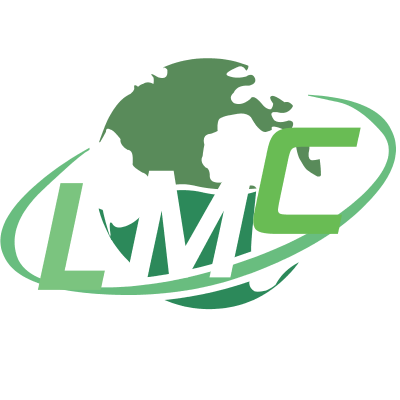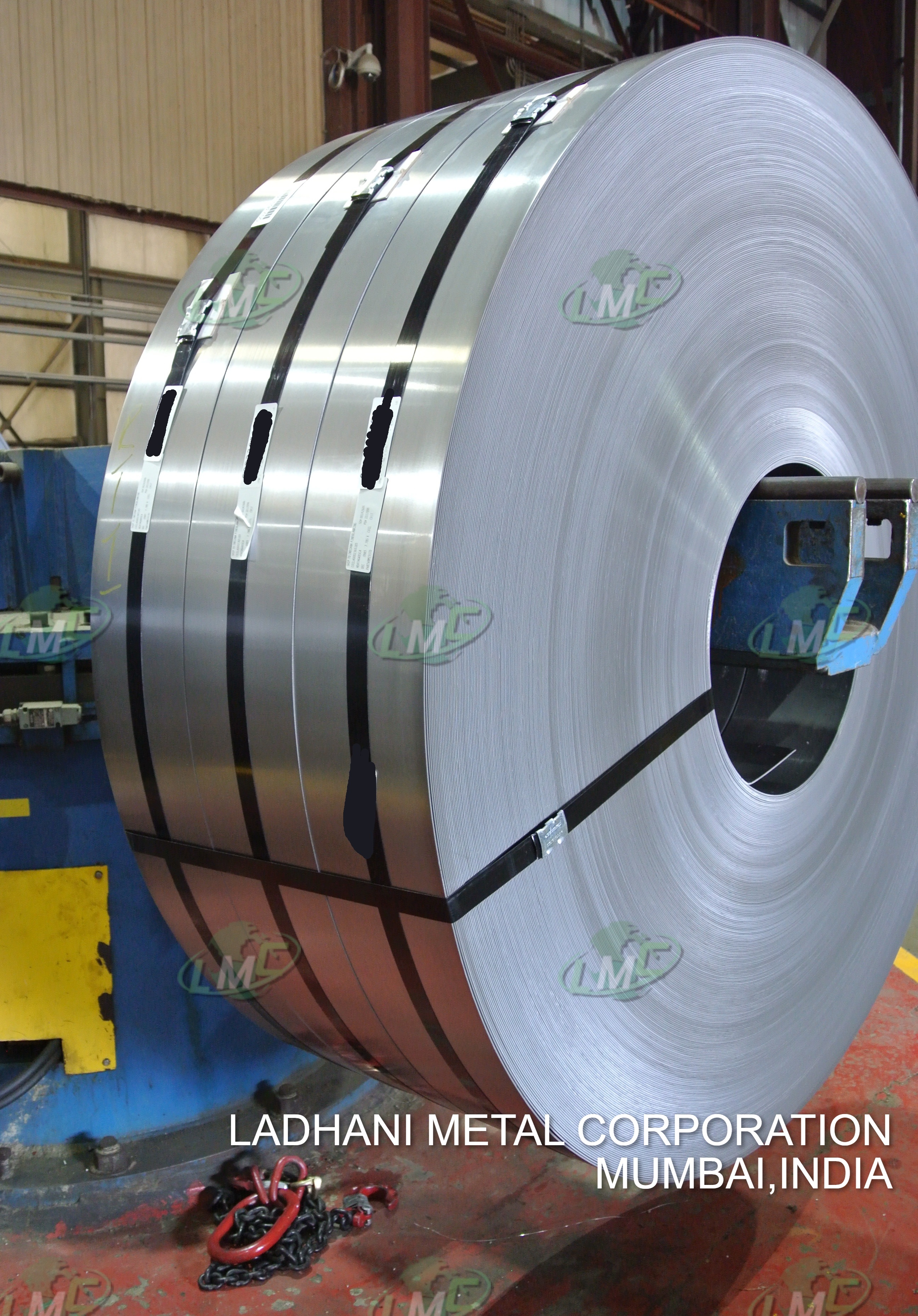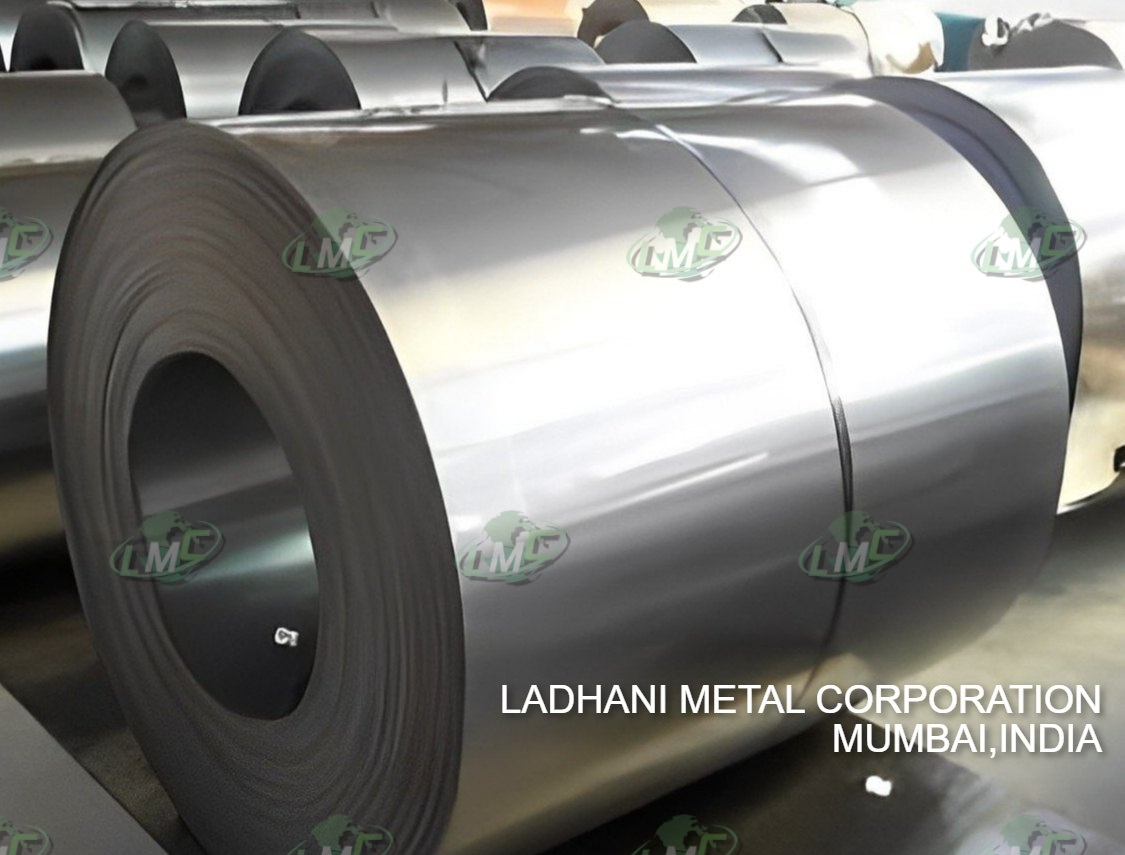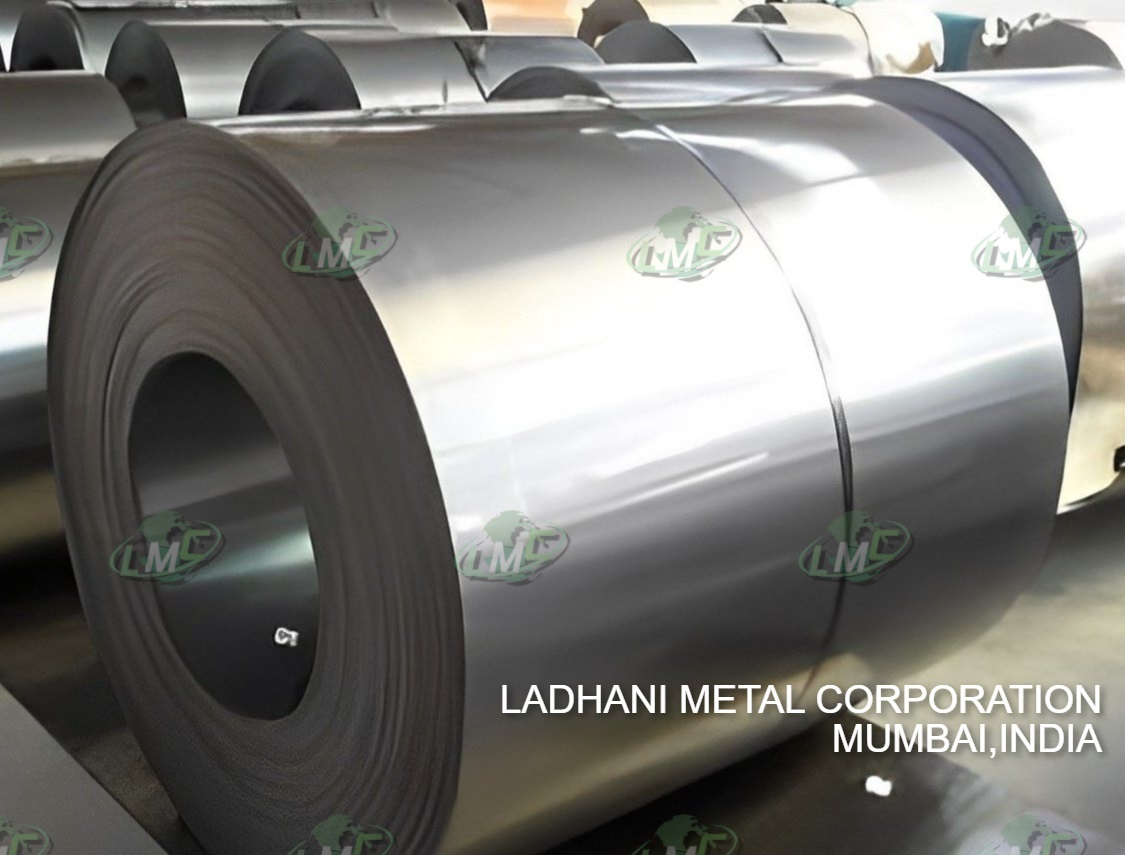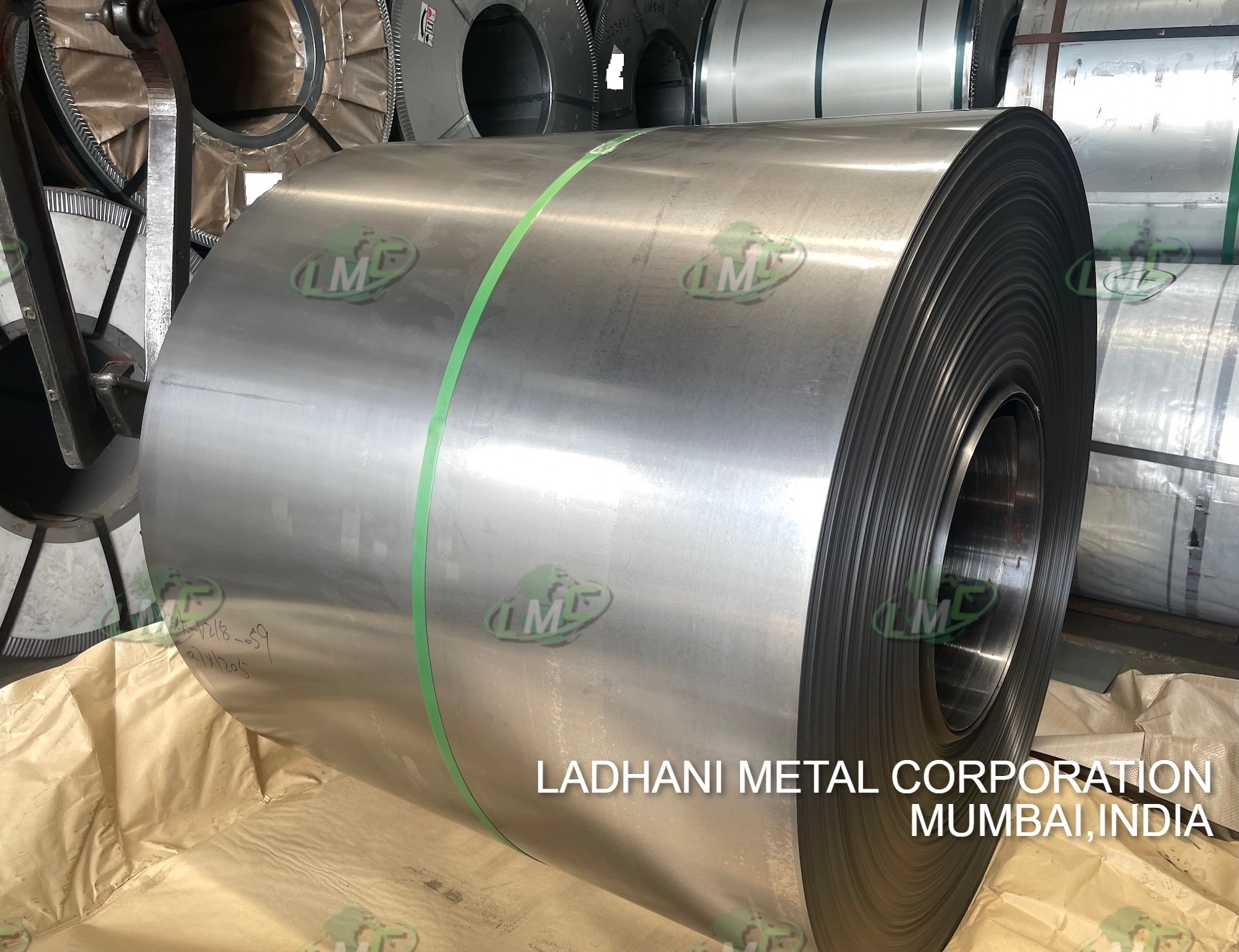Pure Tungsten Sheets/Plates are flat, solid pieces of pure tungsten metal, typically produced in various thicknesses and sizes to meet specific industrial needs. Tungsten, with its exceptional properties, is highly valued in industries where extreme conditions of temperature, pressure, or corrosion resistance are prevalent. Key Characteristics of Pure Tungsten Sheets/Plates: Material Composition: 99.95% Pure Tungsten (W): These sheets or plates are composed entirely of tungsten, with minimal or no impurities, ensuring the full range of tungsten's beneficial properties. High Density:Tungsten has a very high density of around 19.25 g/cm³, making it one of the heaviest metals. This density is beneficial for applications requiring mass and weight in compact forms. Extremely High Melting Point:With a melting point of 3,422°C (6,192°F), tungsten is the highest-melting metal, making it ideal for applications in extreme temperatures such as aerospace and high-temperature manufacturing. Strength and Durability:Pure tungsten is incredibly strong and durable, with tensile strength that can reach up to 1510 MPa. It is highly resistant to wear, deformation, and damage under stress, even in extreme conditions. Corrosion and Oxidation Resistance:Tungsten exhibits excellent resistance to corrosion, oxidation, and other forms of environmental degradation, even at high temperatures, which makes it ideal for long-lasting, reliable use in harsh conditions. Applications of Pure Tungsten Sheets/Plates: Aerospace and Defense: Tungsten plates are used in aerospace components such as rocket nozzles, satellite shielding, and spacecraft parts, due to their ability to withstand extreme heat and pressure.Armor-piercing projectiles and military-grade materials also benefit from tungsten's high density and strength. High-Temperature Applications: Tungsten sheets are commonly used in high-temperature furnaces and other industrial heating equipment where temperatures may exceed normal metal capabilities, such as in hot zones of steel manufacturing or semiconductor production.
Send Message